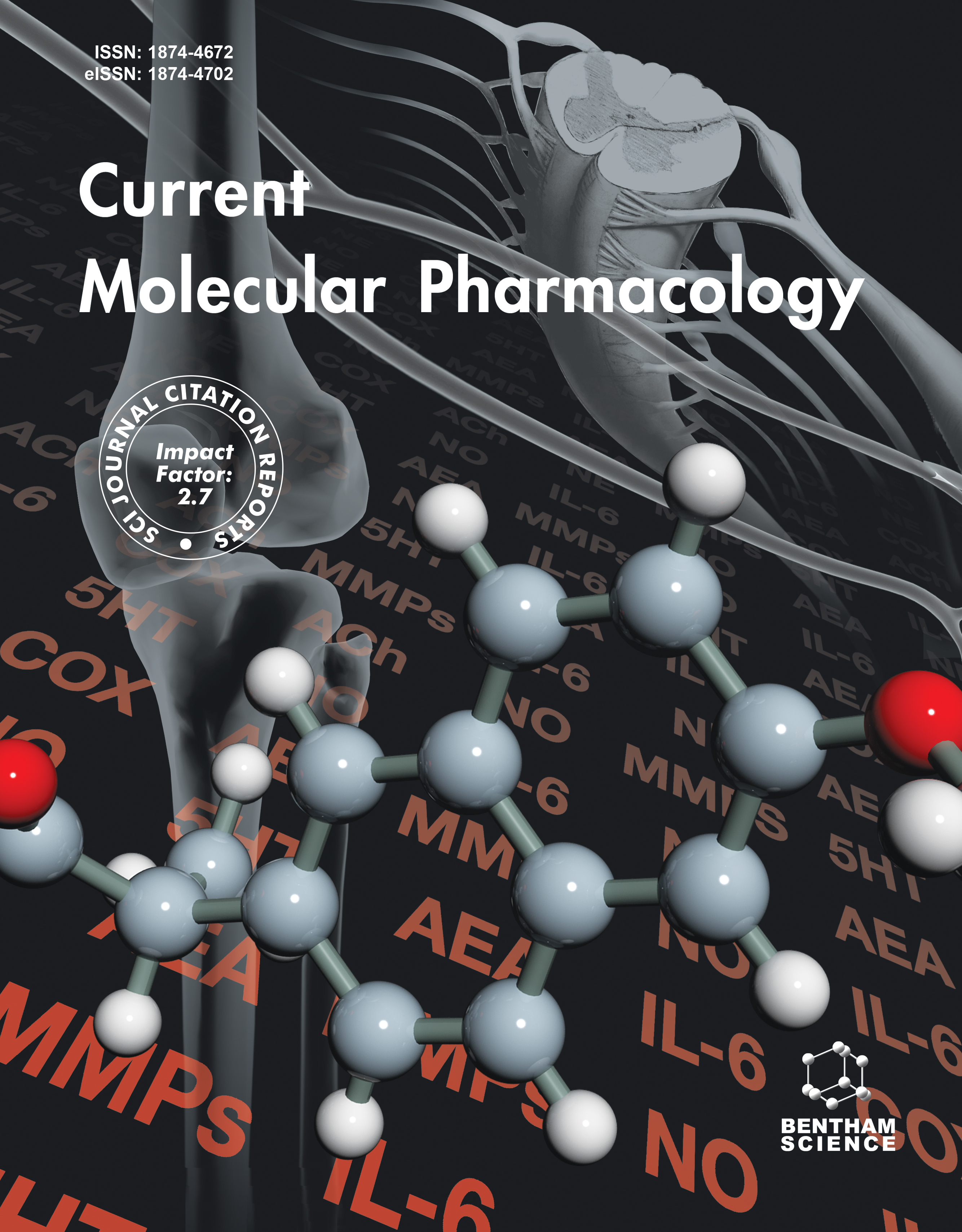-
oa Gentiopicroside Ameliorated Ductular Reaction and Inflammatory Response in DDC-induced Murine Cholangiopathies Model
- Source: Current Molecular Pharmacology, Volume 17, Issue 1, Jan 2024, e18761429251911
-
- 01 Jan 2024
- 17 Aug 2023
- 19 Oct 2023
Abstract
Cholangiopathies comprise a spectrum of diseases without curative treatments. Pharmacological treatments based on bile acid (BA) metabolism regulation represent promising therapeutic strategies for the treatment of cholangiopathies. Gentiopicroside (GPS), derived from the Chinese medicinal herb Gentianae Radix, exerts pharmacological effects on bile acid metabolism regulation and oxidative stress.
The present study aims to investigate the effect of GPS on 3,5-diethoxycarbonyl-1,4dihydrocollidine (DDC)-induced cholangiopathy.
Two independent animal experiments were designed to evaluate the comprehensive effect of GPS on chronic DDC diet-induced cholangiopathy, including bile duct obliteration, ductular reaction, BA metabolism reprogramming, liver fibrosis, oxidative stress and inflammatory responses.
In the first pharmacological experiment, three doses of GPS (5, 25 and 125 mg/kg) were injected intraperitoneally into mice fed a DDC diet for 14 days. DDC induced a typical ductular reaction, increased periductal fibrosis and mixed inflammatory cell infiltration in the portal areas. GPS treatment showed dose-dependent improvements in the ductular reaction, BA metabolism, fibrosis, oxidative stress and inflammatory response. In the second experiment, a high dose of GPS was injected intraperitoneally into control mice for 28 days, resulting in no obvious histologic changes and significant serologic abnormalities in liver function. However, GPS inhibited DDC-induced oxidative stress, serum and hepatic BA accumulation, proinflammatory cytokine production, and immunocyte infiltration. Specifically, the GPS-treated groups showed decreased infiltration of monocyte-derived macrophages and CD4+ and CD8+ T lymphocytes, as well as preserved Kupffer cells.
GPS alleviated chronic DDC diet-induced cholangiopathy disorder by improving the ductular reaction, periductal fibrosis, oxidative stress and inflammatory response. Its dosage-dependent pharmacological effects indicated that GPS warrants its further evaluation in clinical trials for cholangiopathy.


